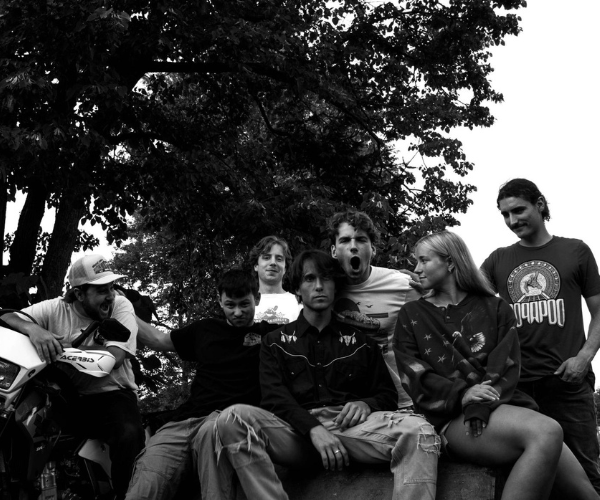To make a difference, you can’t live in a glass house — even a crystal-peaked, 18,000-square-foot conservatory filled with exotic rainforest wonders.
Natalie Ronayne understands that the Cleveland Botanical Garden’s marvel is a learning hub, but the real teaching must happen outside. “I am passionate about plants, about Cleveland and in the power of plants and gardens to play a positive and transformative role in the life of our residents,” says Ronayne, who assumed the executive director role in February.
Now, Ronayne is charged with maintaining the momentum her predecessor Brian Holley sparked — the Botanical Garden was the first cultural institution in University Circle to mount a growth campaign and finish it successfully by constructing the Glasshouse. “I had the good fortune to inherit a very healthy, stable organization that is already doing most things right,” Ronayne says of the 77-year-old institution.
But she knows she must deepen the connection between the Botanical Garden and daily life in the city. “I don’t think people realize the serious role we also play in economic development, in education, in teaching the next generation the value of the earth,” she says.
Ronayne is small (she’s only 5-foot-3-inches), but mighty. And street smarts are her calling card. While working on former mayor Jane Campbell’s first campaign (where she met her husband, University Circle president Chris Ronayne), she raised $1 million in four months. During her four-year tenure as director of parks, recreation and properties for the city of Cleveland — the second largest department — she started working on a green-space plan and lobbied for urban gardens, while “growing six layers of skin” and learning the city inside and out.
Then two fatal shootings in 2005 in a vacant lot by the Lonnie Burten Recreation Center in the Central neighborhood prompted Ronayne’s phone call to Holley. Ronayne remembers saying to him, “If there is any place in the city that needs hope, this is the neighborhood.”
The two worked in different worlds — Ronayne in the public sector, Holley in nonprofit — but their goals and initiatives intersected. Ronayne’s passion to fill urban blight with gardens and to provide an exit strategy for city youth overlapped with Holley’s work on the Green Corps program. At the time, there were two learning gardens: one at East 66th and Chester, the other on West 25th Street. Both are training grounds for students to cultivate horticulture and business skills.
Ronayne and Holley collaborated on the third learning garden at Lonnie Burten Recreation Center and Outh-waite — a symbol of hope, Ronayne says.
“Natalie was critical to the formation of that garden,” says Ruth Eppig, president and 20-year board member of the Botanical Garden board of directors. “Having worked in city politics, she has a connection to the community, to political leaders, to everyone in the environmental business. Through her leadership, we have been able to create that garden and work through all those different constituencies.”
But three gardens aren’t enough, Ronayne says. “I would like to see every neighborhood in the city of Cleveland own a learning garden,” she says. Each of the three gardens received applications from more than 400 students for 40 positions working in each garden. There they make and bottle salsas and dressings branded “Ripe from Downtown” that are sold in local stores such as Dave’s Supermarket.
Meanwhile, the board is depending on her vibrant leadership style and youthful perspective of the city and what it needs to steer the next generation at the Botanical Garden.
“Every day, I have a sense of urgency that this city needs our help desperately; that the Botanical Garden is making a difference — that we are so much more than beautiful flowers,” Ronayne says. “We are creating hope for residents.”
“Every day, I have a sense of urgency that this city needs our help desperately; that the Botanical Garden is making a difference — that we are so much more than beautiful flowers,” Ronayne says. “We are creating hope for residents.”



